Cavity ionization chambers
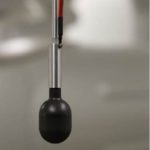
Principle
A cavity ionization chamber consists of an envelope surrounding a certain gas volume (air in this case) between electrodes (external wall and central electrode) with an applied voltage of one or several hundreds of volts. Applying the voltage between the two electrodes inside the cavity creates an electric field that collects the charges resulting from the ionization of the air by the electrons entering the cavity (these electrons are created by the radiation passing through the outer wall). The amount of incoming electrons is proportional to the radiation received in the cavity.
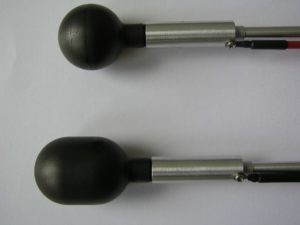
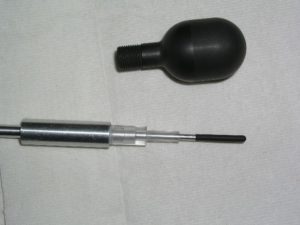
Manufacturing
Graphite is the material chosen to make the reference ionization chambers. It is a conductive material of weak Z and close to human tissue. The thickness of the graphite wall is 3 mm, sufficient to achieve electronic equilibrium in a 60Co beam.
In order to determine the kerma in air, it is necessary to know the exact charge collection volume of the cavity chamber. For this reason, reference ionization chambers are designed and manufactured at the LNHB.
The different production steps are as follows:
- Design
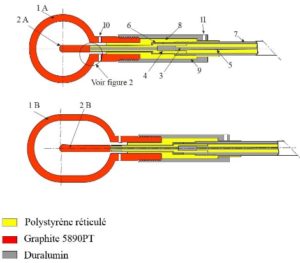
- Parts realization
- Measurement of part dimensions
- Effective collection volume calculation
- Mounting on a handle and mechanical validation
- Mounting verification by X-ray spectrography
- Test in a reference beam
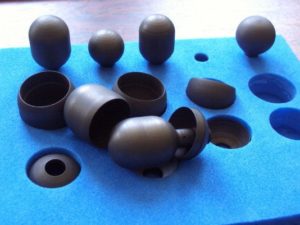
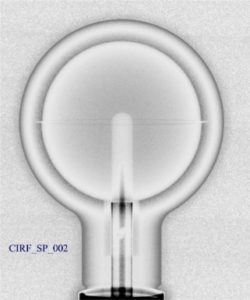
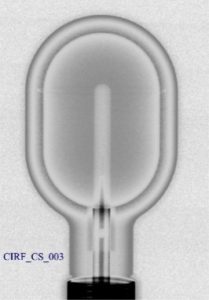
Application for the LNHB
The ionization chamber is associated with an ionometric measurement system that measures the absolute current induced by the passage of radiation through the chamber. The measurement system also allows temperature, pressure and humidity measurements to be taken in order to make certain corrections to the measurements.
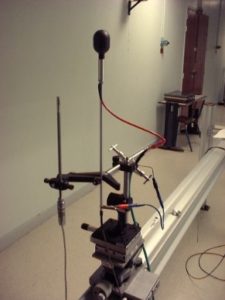 A reference quantity in radiation protection is kerma in air. Primary ionization chambers (up to 6 different) are used to determine the kerma in the air produced by a 60Co or 137Cs source. The measured currents range from 10-9 to 10-14 A with a background noise of about 10-16 A. The relative uncertainty on the kerma flow in the air is at least 0.29%.
A reference quantity in radiation protection is kerma in air. Primary ionization chambers (up to 6 different) are used to determine the kerma in the air produced by a 60Co or 137Cs source. The measured currents range from 10-9 to 10-14 A with a background noise of about 10-16 A. The relative uncertainty on the kerma flow in the air is at least 0.29%.
The LNHB has 6 ionization chambers of different geometries, which allows a better knowledge of the collection volumes of the cavities (different from the geometrical volumes).
Equipment used at the LNHB to establish a reference radiation beam:
- 3 spherical ionization chambers from 4.6 to 7.7 cm3
- 3 cylindrical-spherical ionization chambers from 7.7 to 13.1 cm3
- A dummy handle (to correct the influence of the handle)
- Additional caps (to check the correction on the wall influence determined by calculation)
Our job: metrology
dosimetry
Implemented methods for the establishment of national references must be adapted to the radiation type and its intensity. They are based on measurement technics such as calorimetry, ionometry and chemical dosimetry.
Radioactivity
The variety of the emitted radiation and physical forms of the sources oblige to adapt the measurement process in order to establish national references: methods with defined geometries, or 4 π countings geometries, coincidence countings, etc.
